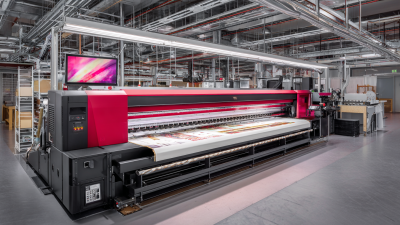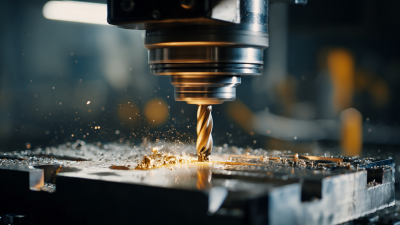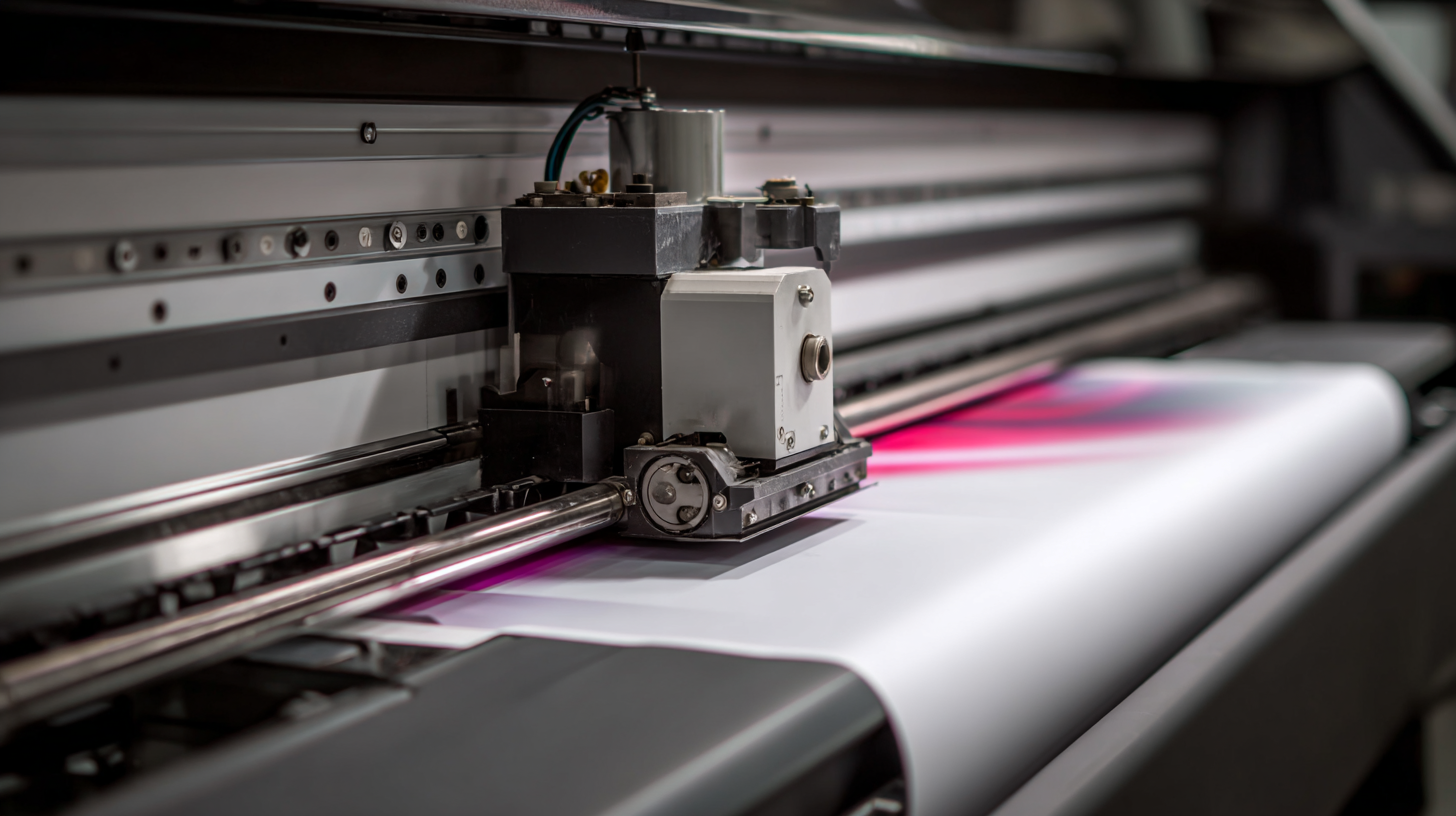 In today's fast-paced design and manufacturing industries, optimizing workflow efficiency is paramount to staying competitive. As businesses increasingly turn to advanced technologies, the Ppf Cutting Plotter has emerged as a pivotal tool for enhancing productivity. According to a report by Smithers Pira, the digital cutting market is expected to grow significantly, driven by the demand for precision and speed in production processes.
In today's fast-paced design and manufacturing industries, optimizing workflow efficiency is paramount to staying competitive. As businesses increasingly turn to advanced technologies, the Ppf Cutting Plotter has emerged as a pivotal tool for enhancing productivity. According to a report by Smithers Pira, the digital cutting market is expected to grow significantly, driven by the demand for precision and speed in production processes.
Incorporating a Ppf Cutting Plotter not only streamlines operations but also reduces material waste, aligning with sustainability goals that are becoming increasingly important to consumers and regulatory bodies alike. As organizations aim to cut lead times and improve output quality, leveraging the capabilities of a Ppf Cutting Plotter allows for greater flexibility and innovation in design, ultimately contributing to a more optimized workflow that meets the challenges of modern manufacturing.
Understanding the Basics of PPF Cutting Plotters for Workflow Optimization
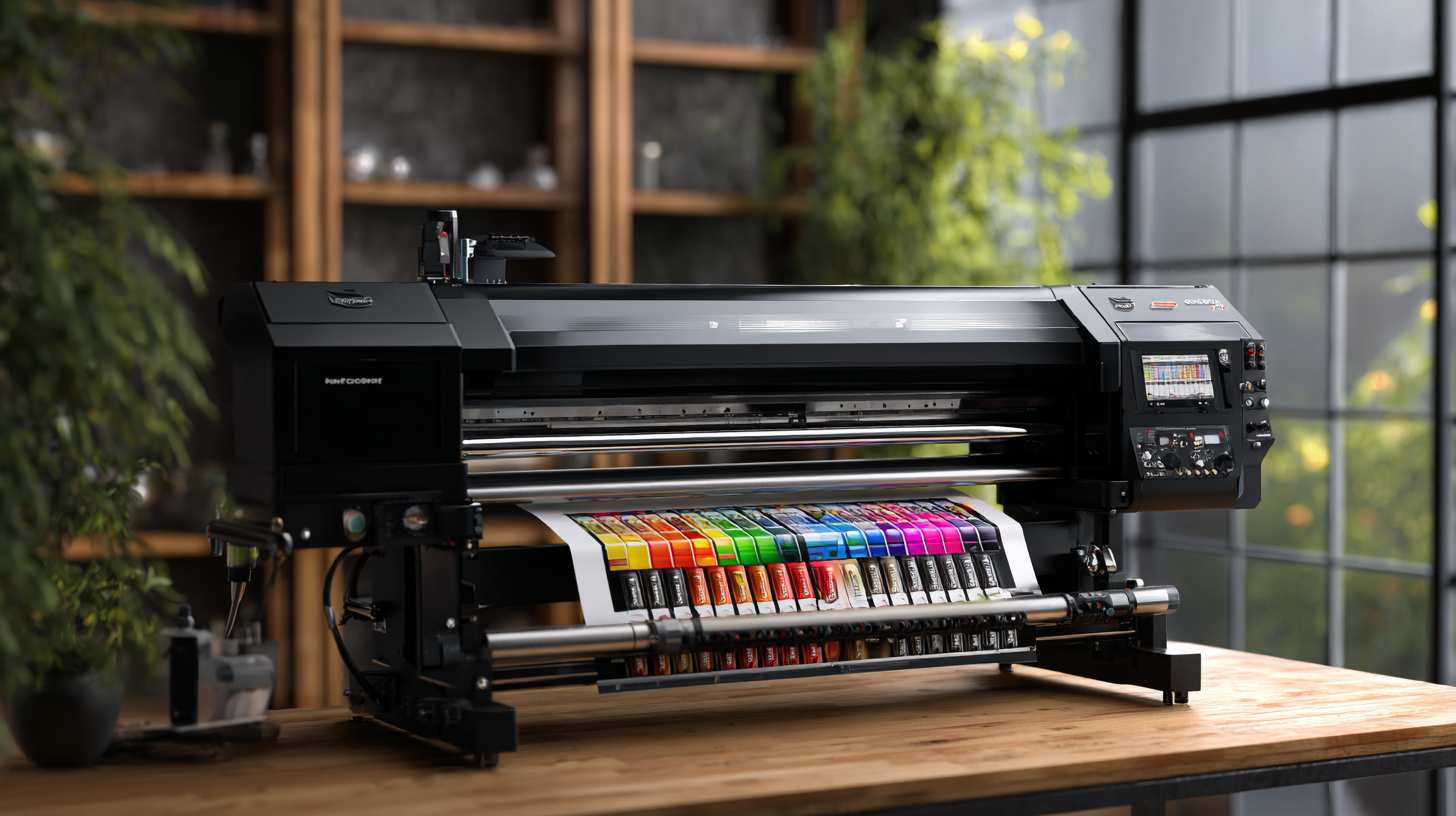 PPF cutting plotters, or paint protection film cutting plotters, are essential tools for professionals in the automotive and graphic industries. These devices automate the cutting process, allowing for more precise and efficient creation of vinyl wraps and paint protection films. By understanding their functionalities, users can significantly boost their workflow. A key feature of these plotters is their ability to work directly from digital design files, which minimizes manual labor and reduces the margin for error. This automation not only saves time but also provides a consistent quality that manual cutting often lacks.
PPF cutting plotters, or paint protection film cutting plotters, are essential tools for professionals in the automotive and graphic industries. These devices automate the cutting process, allowing for more precise and efficient creation of vinyl wraps and paint protection films. By understanding their functionalities, users can significantly boost their workflow. A key feature of these plotters is their ability to work directly from digital design files, which minimizes manual labor and reduces the margin for error. This automation not only saves time but also provides a consistent quality that manual cutting often lacks.
Moreover, integrating a PPF cutting plotter into your workflow means investing in software that complements the hardware. Most plotters come with user-friendly applications that streamline the design and cutting processes. Familiarizing yourself with these software tools allows for easy adjustments and seamless updates to your projects. As a result, professionals can quickly adapt to new designs or modifications, ensuring that their output meets client demands promptly. By leveraging the capabilities of PPF cutting plotters, businesses can enhance their operational efficiency, ultimately leading to greater customer satisfaction and increased profitability.
To effectively optimize your workflow with a PPF cutting plotter, integrating the right software tools is crucial. The software you choose can significantly impact the efficiency and precision of your design and cutting processes. Applications like Adobe Illustrator or CorelDRAW are popular choices for graphic design and layout, allowing users to create intricate patterns and designs tailored for PPF applications. These tools provide advanced features such as vector graphics creation and the ability to manipulate designs easily, ensuring that your templates are accurate and align perfectly with your cutting plotter.
Additionally, specialized software like FlexiSIGN or SignLab can enhance your workflow by offering dedicated features for sign making and vehicle graphics. These programs often include libraries of pre-made designs and a variety of cutting tools that simplify the preparation of PPF projects. Furthermore, compatibility with your specific cutting plotter model is essential to ensure seamless communication and optimal cutting performance. By leveraging these essential software tools, you can streamline your PPF cutting and design workflow, reducing time spent on projects and enhancing overall productivity.
When preparing files for cutting with a PPF cutting plotter, proper file preparation is crucial to ensuring a smooth workflow and high-quality output. Begin by selecting the right software that is compatible with your plotter. Programs like Adobe Illustrator or CorelDRAW are excellent choices since they allow for precise manipulation of vector files, which are essential for cutting plots. Always ensure that your design is in vector format, as raster images can lead to poor cuts and increased processing time.
The next step is to optimize your design by minimizing unnecessary layers and simplifying complex shapes. This not only speeds up the cutting process but also reduces the risk of errors during cutting. Check for any overlapping elements and remove them if possible. Additionally, pay attention to the size of your design; it should fit within the dimensions of your material. Finally, create a cutting path and convert it into a cutting line, ensuring that the line weight is appropriate for your plotter settings. By following these best practices, you can enhance your efficiency and achieve the best possible results with your plotter.
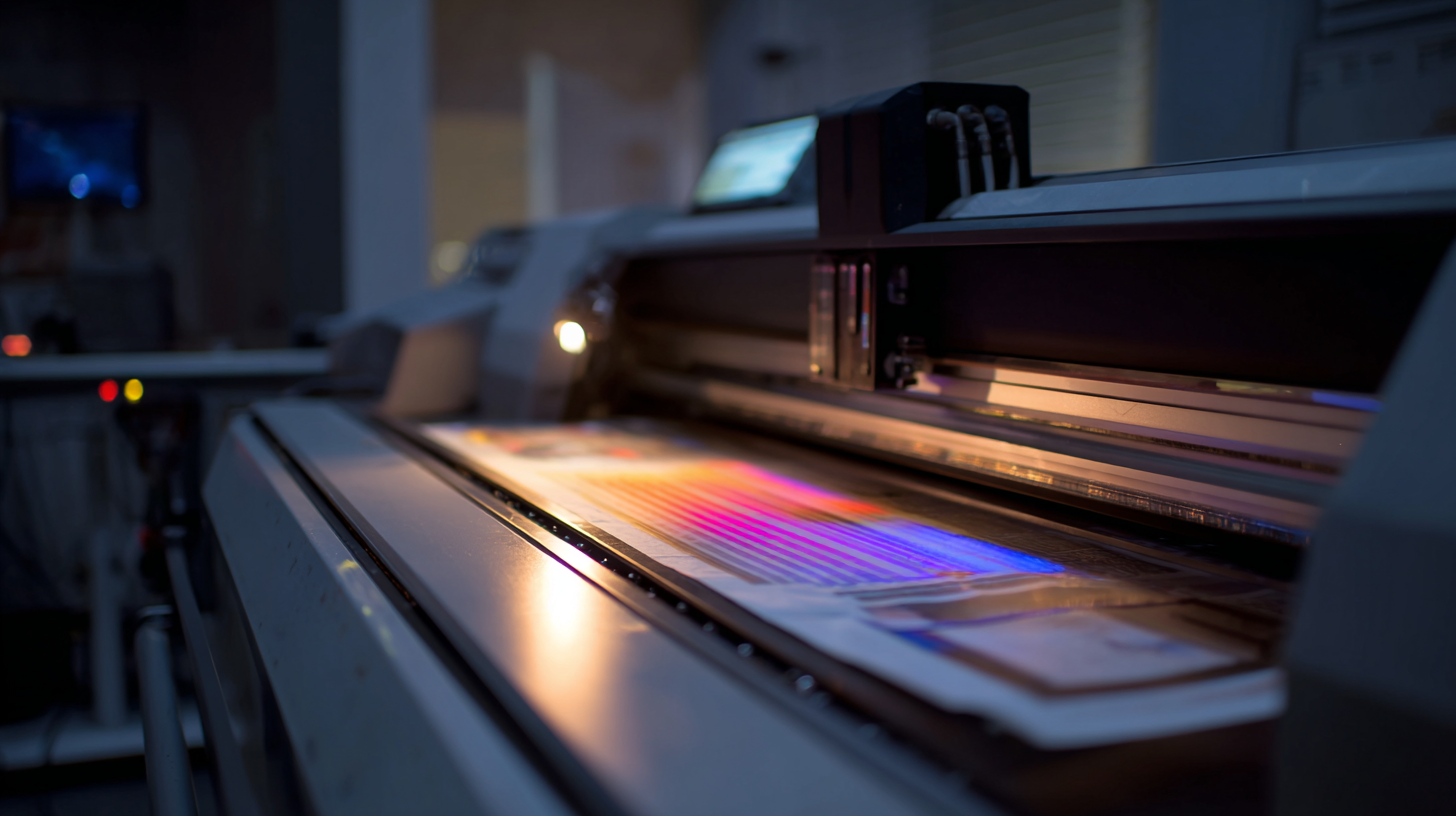
When it comes to maintaining your PPF cutting plotter for optimal performance, attention to detail is critical. Regularly scheduled maintenance not only prolongs the life of your equipment but also enhances the quality of your output. According to a report by Smithers Pira, about 80% of printing equipment failures are attributed to improper maintenance. This statistic underscores the importance of a robust maintenance schedule, including regular cleaning, calibration, and software updates.
One of the most effective techniques is to clean the plotter’s blades and rollers routinely. Dirty blades can result in jagged cuts, which compromise the integrity of the printed film. It’s recommended to use a specialized cleaning solution and microfiber cloth to avoid scratching the components. Additionally, keeping the plotter in a controlled environment away from dust and excess moisture can significantly reduce wear and tear. Furthermore, utilizing software diagnostic tools can help detect issues before they escalate, saving both time and resources. By adhering to these maintenance practices, not only can users extend the life of their cutting plotters, but they can also achieve superior precision and quality in their workflow.
| Technique | Description | Frequency | Expected Impact |
|---|---|---|---|
| Regular Cleaning | Remove debris and dust from the plotter blades and cutting area. | Weekly | Increases accuracy and reduces wear on components. |
| Blade Replacement | Change blades when they become dull to maintain cutting precision. | Monthly | Enhances cutting quality and prolongs plotter life. |
| Software Updates | Regularly update the plotter's software for optimal performance. | Every 3 months | Increases functionality and compatibility with design files. |
| Alignment Checks | Ensure the cutting blade is properly aligned with the material. | Every job | Minimizes errors in cutting and material wastage. |
| Environmental Control | Maintain optimal temperature and humidity in the workspace. | Year-round | Protects sensitive components from damage and ensures reliable operation. |
In today’s fast-paced production environment, automating workflows with a PPF cutting plotter is essential for maximizing productivity. One of the key advantages of integrating such technology is the reduction of manual labor and human errors. By utilizing cutting software that syncs with the plotter, users can streamline their design to production process, generating accurate cuts with minimal intervention. This transition from traditional methods to automated workflows not only speeds up the output but also frees up valuable time for creative endeavors and strategic tasks.
Moreover, automation allows for better resource management. With the ability to set up batch processing, multiple designs can be executed in one go, conserving materials and cutting down wastage. This efficiency is amplified by real-time monitoring features that help in tracking the progress and identifying bottlenecks early in the workflow. By leveraging the full capabilities of a PPF cutting plotter, businesses can ensure that their cutting processes are not just efficient but also robust enough to adapt to varying project demands, ultimately leading to enhanced overall productivity.

